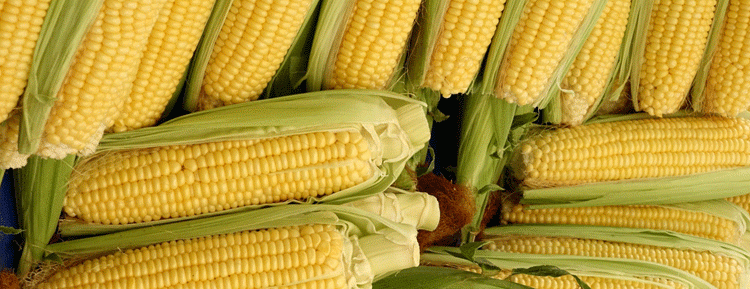The agricultural sector, particularly corn growers, is facing a confluence of challenges and opportunities as shifting policies, global market pressures, and evolving weather conditions define the current landscape. With President-elect Donald Trump’s recent cabinet nominations, including Brooke Rollins for the Secretary of Agriculture, stakeholders are questioning what lies ahead for the industry.
Policy Uncertainty and Leadership Impacts
Brooke Rollins’ nomination has drawn mixed reactions from agricultural leaders. While her rural background and agricultural degree provide some familiarity with farm issues, her career focus has largely been outside of direct agricultural advocacy. Statements from leaders such as Geoff Cooper of the Renewable Fuels Association and Zippy Duvall of the American Farm Bureau Federation reveal cautious optimism, emphasizing the need for strong support for biofuels like ethanol, which accounts for approximately 40% of the U.S. corn crop.
Trump’s mixed ethanol policies during his first term, including both support for higher ethanol blends and waivers for oil refiners, left the renewable fuels sector uncertain. Further complicating the outlook are concerns about the influence of Robert F. Kennedy Jr., whose stance on agro-chemicals could introduce regulatory challenges for the use of fungicides and pesticides crucial to combating crop diseases like tar spot.
Trade and Tariff Challenges
International trade remains a contentious issue for corn and soybean growers. The lingering effects of the U.S.-China trade war, which saw retaliatory tariffs causing a $27 billion loss in agricultural exports, have reshaped global trade patterns. While American beef and pork exports surged during specific crises in China, Brazil has since overtaken the U.S. as the leading supplier of soybeans, and China’s approval of Brazilian sorghum could challenge U.S. dominance in that market.
Weather and Market Dynamics
On the brighter side, weather patterns influenced by El Niño could provide a competitive advantage for North American farmers. Projections of dry and hot conditions in South America, Africa, and Europe may reduce global corn and soybean output, potentially driving up commodity prices. Kansas State University’s Guy Allen highlights these climatic shifts as a favorable trend for U.S. farmers, particularly if drought conditions ease domestically.
Corn growers are navigating a precarious balance between domestic policy shifts, international trade dynamics, and unpredictable weather patterns. While challenges such as regulatory uncertainty and market competition persist, potential easing of droughts and unfavorable conditions for competitors offer some optimism. Strategic adaptation and robust advocacy will be crucial for farmers and agribusiness leaders in the coming years.
Error





